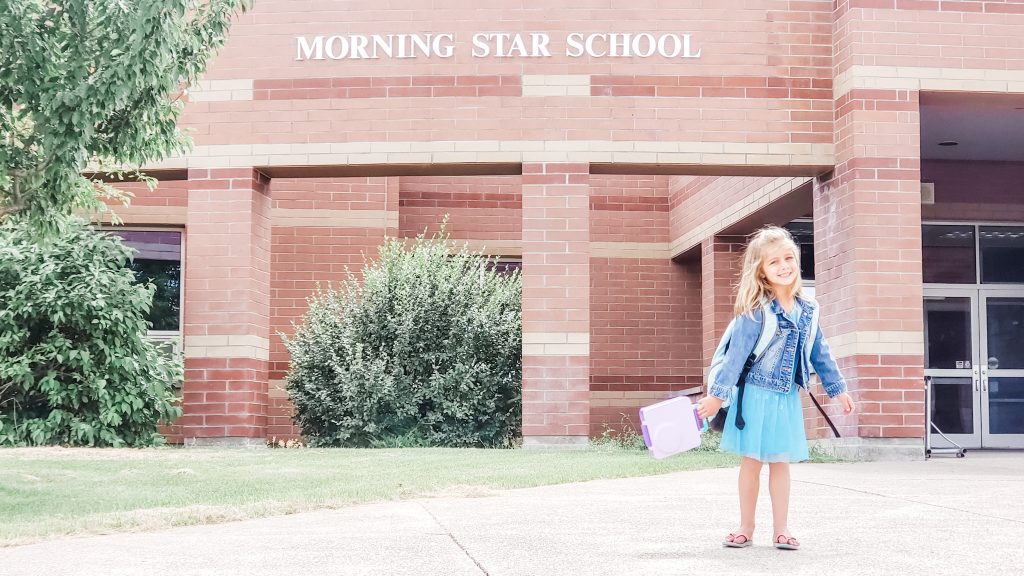
Curious about the suggestions but don’t have time to read right now? No worries! Pin this post to your Pinterest board to save for later when you have more “time.” 🙂
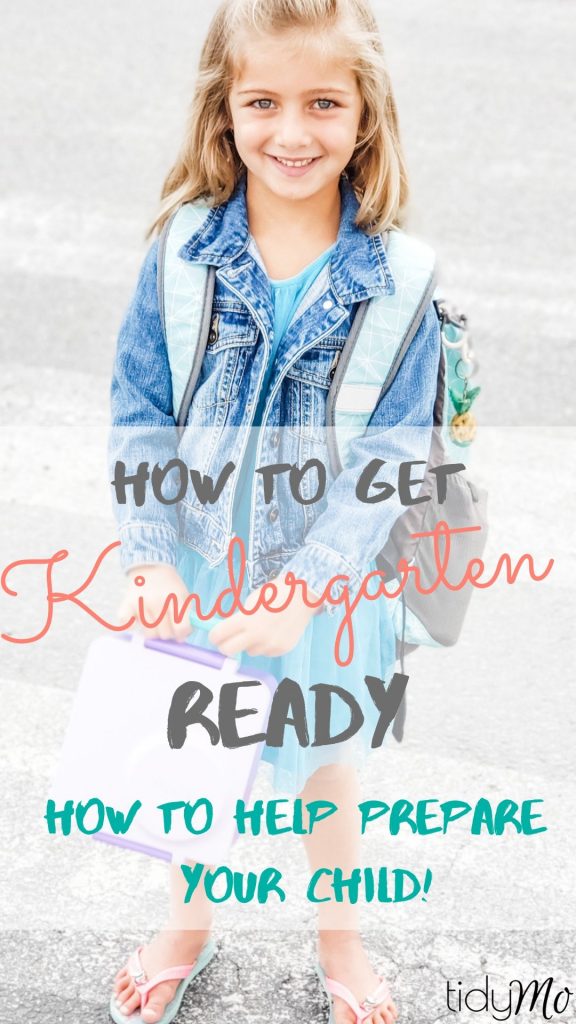
Your child is going into Kindergarten! It is both the most exciting and unnerving time. As a parent, we want nothing more than our child to succeed, be happy, and make the most amazing friends. However, behind those hopes are normal parenting concerns and worries. If this applies to you as well, then you need to read these top 6 tips on how to help your child be ready and thrive in their first year as a Kindergartener. Coming from a Kindergarten teacher of 30+ years, these are the best tips that you will be able to find on how to prepare your child for Kindergarten!
Advice from a dedicated Kindergarten teacher

If you were lucky enough to have known my mama, she was an incredible Kindergarten teacher. She was one of those teachers that continued to give endlessly and loved and treasured each child for exactly who they were. She gave her students a gift with her love of teaching and is a wealth of knowledge.
My little Kindergartener
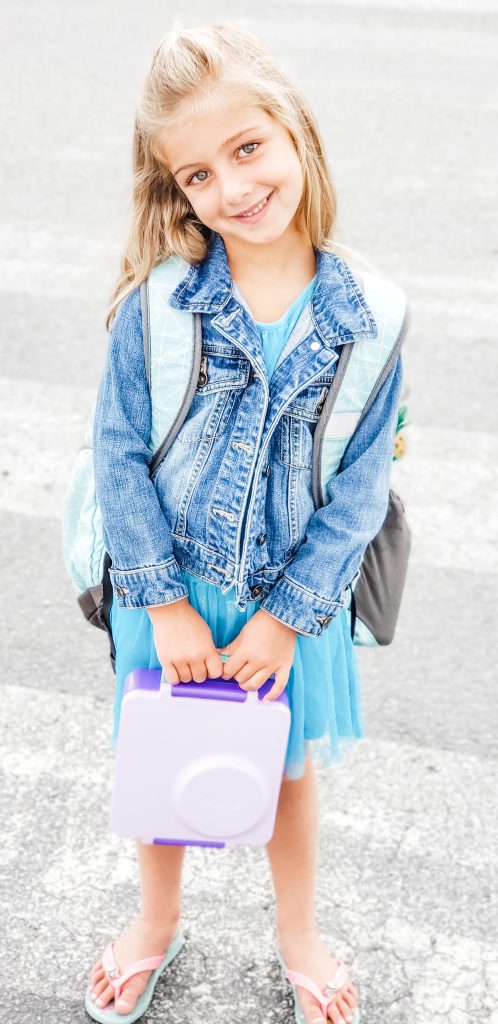
With my second daughter headed into Kindergarten this fall, I’ve been picking her brain a lot recently about what I can do to help my daughter Mariana not only do well but thrive in her first year of school. I made many mistakes with my first daughter and so it is my hope that these series of posts help your child to make a smooth transition to Kindergarten!
Can I let you in on a little secret? I’m a little bit of an organizational junkie; I LOVE organizing! So in addition to these amazing tips from my mama, here is a list of what I’m doing to get organized for the upcoming year and take control to make this year simple and awesome! 🙂
Make sure to subscribe to get more tips and tricks on how to help make this transition to Kindergarten easier and less stressful!
Organization
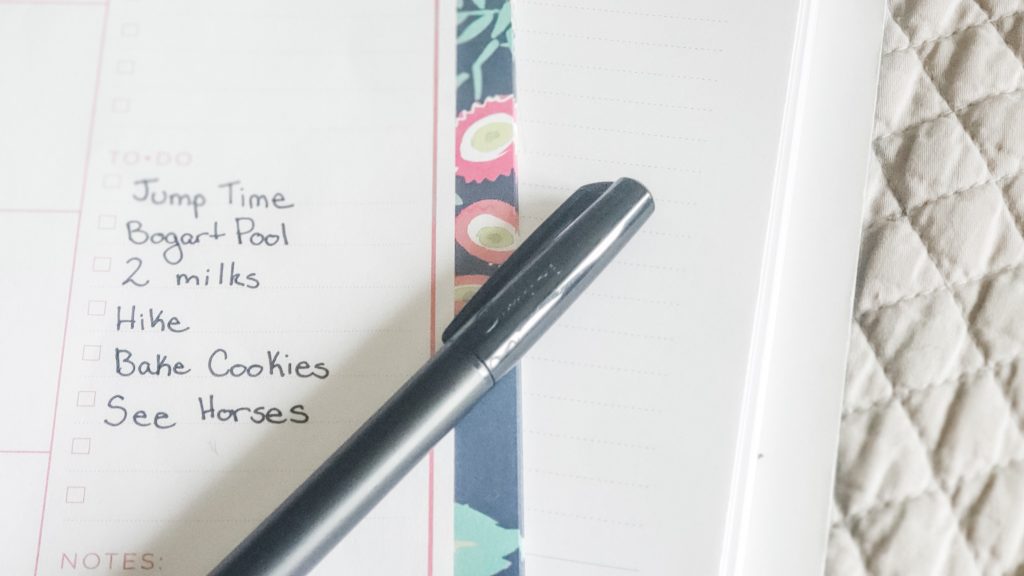
1. A final fun list for the last vacation days
Brainstorm a list of “must-do” fun things for the final days of summer! We actually started with 5 ideas and quickly moved to 10. This means we have to prioritize our list or get busy in the next two weeks! (Or enlist the help of Nana:) ).
Help your child transition and be prepared for school by completing their summer fun list before the first day of school. Consider ideas your child might come up with and include budget detail before brainstorming begins. Otherwise, you might end up with Disney World on there 😉
My kids love scribbling out each item as we complete it off their list. This helps them to visually see that summer is wrapping up as well as provide a sense of accomplishment and excitement for the next item!
Looks like: Here are some of the suggestions my kiddos came up with.
- A special playdate or sleepover
- Bake cookies
- Camping
- Public library
- Movie night/morning with popcorn
- Game night
- Hiking
- Special ice cream/frozen yogurt
- Swimming
- Jump park
- Park visits
2. Organize a lunch box station
Help your kids take 5 minutes each evening or morning to pack their own lunch. This develops responsibility and provides a lunch your that child will be more likely to eat because they made it. Lesson from a mama that learned the hard way the first time around….you want them excited and to eat their lunch. Otherwise, they will hop in your car after school a hungry little monster 🙂
How to do this: If you are curious for more details on what I do to help my kiddos actually eat their lunch during lunchtime at school; read more here!
Social Skills
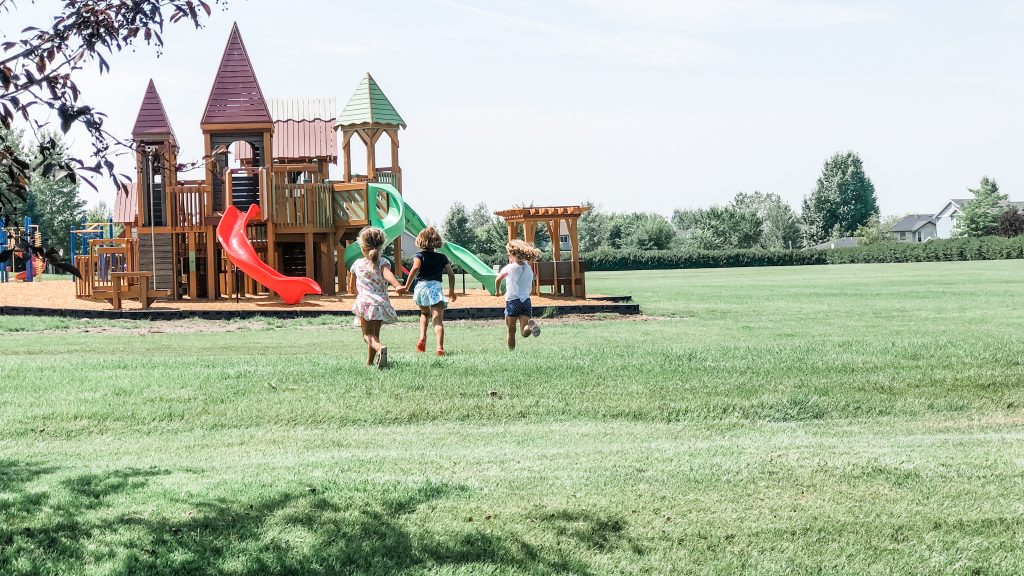
School provides many social opportunities with adults and children of various ages. Our family is revisiting greetings and introductions over the next weeks. We are practicing these skills at the swimming pool, in the park, camping, at the grocery store, in the neighborhood….in a variety of familiar settings where our children are already comfortable. Start focusing on these two ideas now to help your Kindergarten child be social in a new setting and be prepared to make new friends.
1. Greetings
Looks like: Eye to eye and face to face.
Looking the person you are speaking to in the eye and standing within a 2 ft proximity to them.
Smiling: for sincerity and to let the person know you enjoy seeing them.
Sounds like: Using the person’s name in the greeting if you know it- “Hi,________!” “Hello, _________!”
Intonation: Watch the person’s face if you smile AND use a welcoming/happy intonation!
EXAMPLE: “Look what you just said to Daddy when he just walked in the door. “Hi, Dad” You used his name. You are going to be an expert at greeting friends with their names in Kindergarten!”
Build-in: “Did you know you’re going to see some friends that you know in Kindergarten and many friends you’ve never met before? And you’re going to say hello because you’re so friendly and comfortable!”
2. Introductions
Looks like: Eye to eye and face to face- looking at the person and standing within comfortable proximity. Greeting a person and using a handshake if you are meeting them for the first time.
Smiling- for sincerity and to let the person know you enjoy seeing them.
Sounds like: “Hi. My name is __________. What is your name?”
After the introduction, our family models holding out the right hand and shaking hands.
“It’s nice to meet you!”
Emotional readiness
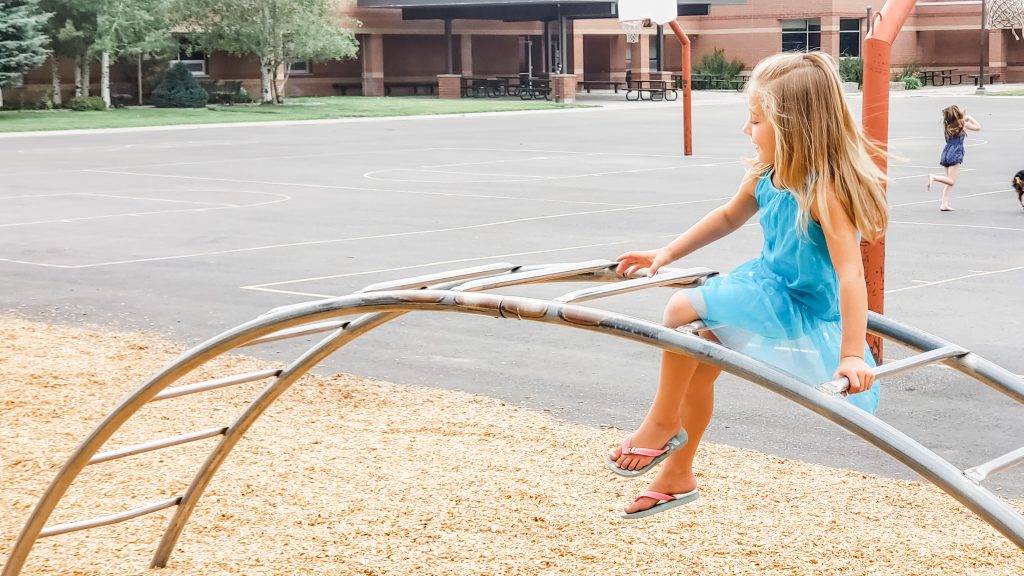
1. Knowing my school
Looking forward to change and creating a sense of belonging.
This week I am visiting our school with my new Kindergartener and 2nd grader. I am planning to both picnic and explore the school together and help create a sense of belonging for my 5-year-old. Then I will revisit the familiar for my older daughter. I want to create a sense of looking forward to change for both girls.
Looks like: I help them look for equipment that they have never tried or do not normally gravitate towards. Encourage trying new things while there as a family and relate that to growth. The idea is to do this before the playground is full of new children and lots of changes have occurred in their day.
What to explore at your new school
Equipment play- Explore and find favorite places to play on the playground. Try something new:)
Locate the boundary fences- Explain to them; “When you stay inside the fences your teachers will always know where you are!”
Crosswalks- “ALWAYS use these for all travel near the school!”
Parking- Note that you will always be with them if they are ever walking in the parking area. Otherwise, they should stay on the sidewalks to be safe.
Kindergarten classrooms- Can you tell from the outside of the building where these are? Does an older child know? Can your older child find their new classroom from outside the building?
Kindergarten door- Where will the children meet their teachers on the playground? Can you find the door that leads from that area towards the Kindergarten rooms?
How your child will get to school each day?- Show them how they will get from the walking path or drop off location onto the playground as the school day begins. Can you locate where their teachers will meet them when morning recess is over?
Older children, neighbors, or children playing on the playground can almost always point these areas out if you are unsure!
How will your child get home each day?– Show them how you will walk/drive or they will bus home each day. Their teacher will show them how the class will exit the building and where they will meet you.
Locate where the buses will park.– If your child will be riding the bus, reassure them that their teacher will show them their bus and how to get on and off the bus! These next few weeks are a good time to contact your school district and secure the phone number for the transportation office. From the transportation office, you will be able to get the necessary info on how to get them enrolled for the bus.
Focus on this phrase!
Sounds like: “Guess what?!? You just did something every Kindergarten boy and girl will do!”
I hope these tips help provide some direction on where to start in order to help the transition from summer break to Kindergarten go smoothly! If you want more ideas/tips leading up to the start of the school year, make sure to click on the button and subscribe! You’ll be the first to have more teacher suggestions delivered straight to your inbox!
What do you do to help prepare your child for this new transition to Kindergarten? Make sure to leave your ideas in the comments below 🙂
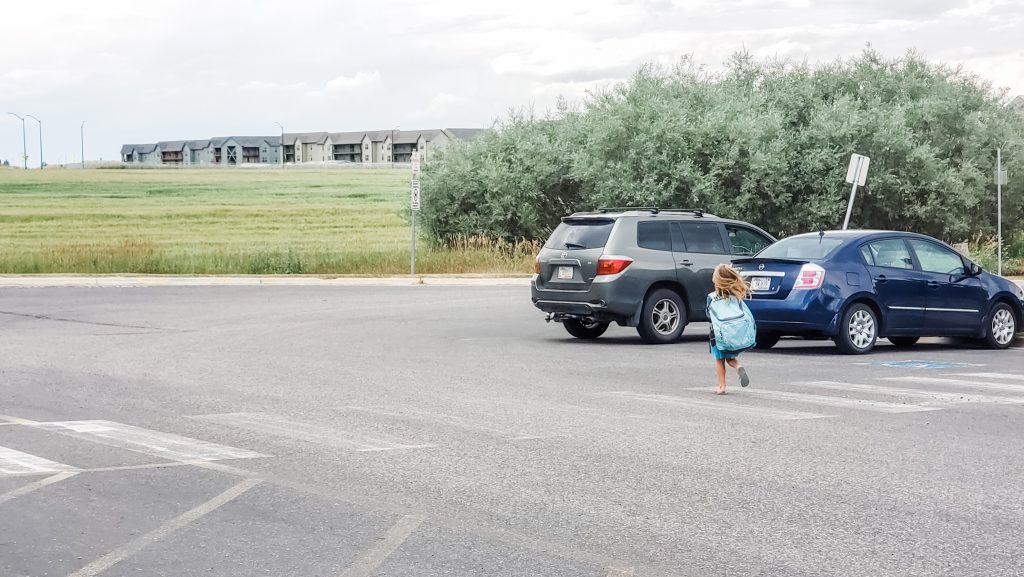
XO,
Morgan






